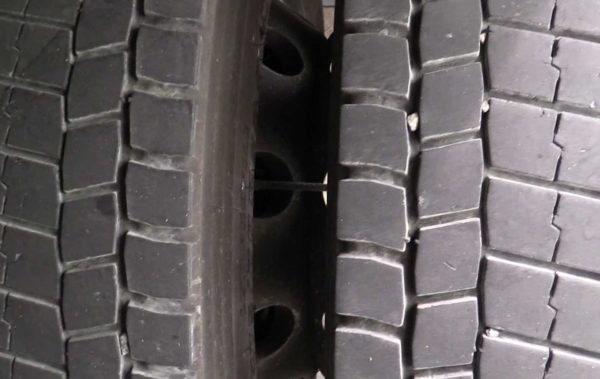Before we can start to answer the question, we need to look at how tyre wear occurs. Tyre wear is the process by which rubber is worn from the tyre and it reduces the depth of the tyre’s tread. The tyre’s tread is what disperses water and allows the tyre to grip the road in wet weather; the shallower the tread, the less water can be dispersed. In dry weather, the edges of the tread blocks assist with gripping the road surface.
What causes tyre wear?
- Tyre compound (how soft the tyre is)
- Tyre pressure (how much air is in the tyre, in conjunction with the average temperature)
- Road surface (how rough the surface is, including the number of pot holes)
- Driving style (how hard the driver corners, brakes and accelerates)
- Load weight (how much pressure is put on the tyres, which causes deformation)
- Time (rubber perishes and becomes harder over time)
- Sunlight (harsh sunlight degrades tyres quicker)
How does tyre usage affect tyre wear?
Truck applications can be broadly divided into four categories: long haul, general, heavy haulage and off-road. Within those categories there are many variables, as mentioned above. A truck doing slow-speed runs up and down the motorway might get well over 600,000km on some tyres, while a steer axle on a milk tanker that’s on an off gravel roads will get significantly less mileage.
Long haul or linehaul
Driving at a constant speed on smooth roads with few corners will see exceptional tyre life. For example, if a truck only travels between Silverdale and Drury, those tyres are not getting a workout. A tyre that is looked after should get at least 150,000km before needing to be retreaded. This could happen at least three times, so perhaps 600,000km.
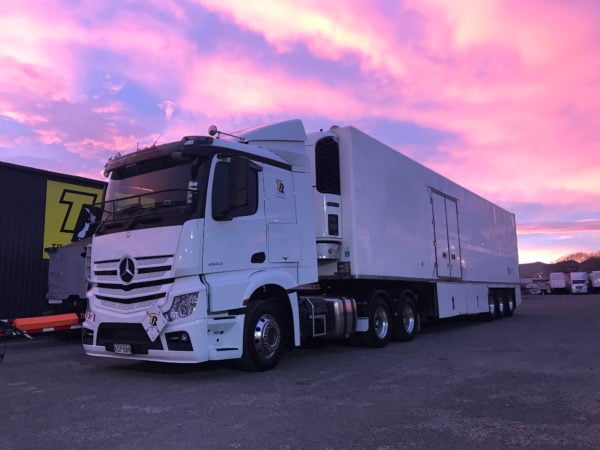
The steering tyres will wear more quickly than trailer tyres. If there’s a tag axle, this will wear much more slowly if raised when not in use.
Long haul driving on state highways should see favourable tyre wear, but some main roads are worse than others with more potholes and more tight corners, especially through hilly regions.
General use
Short haul and delivery trucks that do a lot of low-speed manoeuvring, turning into driveways and negotiating intersections in towns and cities experience more wear. This wear comes from pot holes, kerbs, frequent sharp turns, frequent braking and accelerating and rough surfaces in delivery areas. Expect to get 40,000-70,000km, depending on the loads being carried and the skill of the driver.
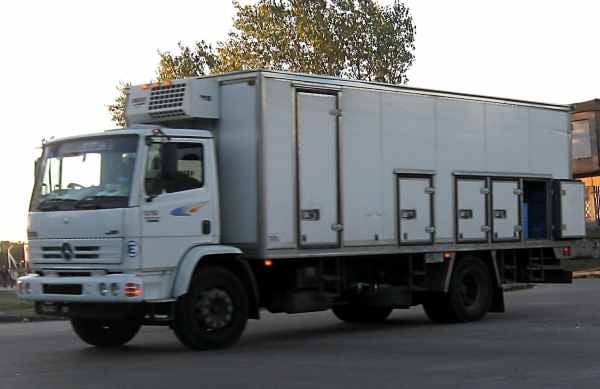
Heavy haulage
Technically there’s a maximum load that can be transmitted through a tyre onto the road, so a tyre on a linehaul unit has the same maximum load as a tyre on a trailer carrying a large machine – the load will be spread over more tyres. Of course, a linehaul truck carrying polystyrene will have less load per tyre than a fully laden vehicle that’s approaching the legal weight limit.

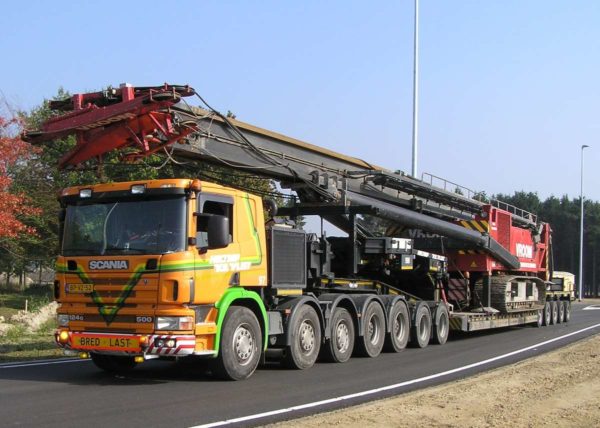
Heavy haulage spans a range of applications from extremely slow manoeuvring of gigantic loads (often in the middle of the night) to open road speeds transporting large machinery from a dealer to a quarry for example. Heavier loads create more forces when braking, cornering and accelerating, so be aware of this on your steering axles.
Off-road
Quarries and logging are two scenarios where truck tyres take a beating. Gravel and coarse surfaces wear the tyres quickly.
This also applies to gigantic mining truck tyres that can cost over $60,000. These tend to be measured in hours and can last 2000-10,000 hours, depending on the load weight and the surface of the quarry.
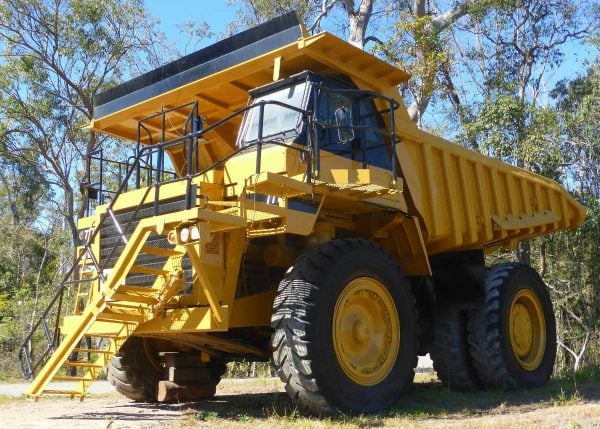
For truck drivers doing forestry work, the tyres are dealing with mud, gravel and the detritus caused by sawing trees. Tyre inspections should be frequent to ensure that stones are not caught in the treads or between the duals, and that there are no cuts in the tyre.
